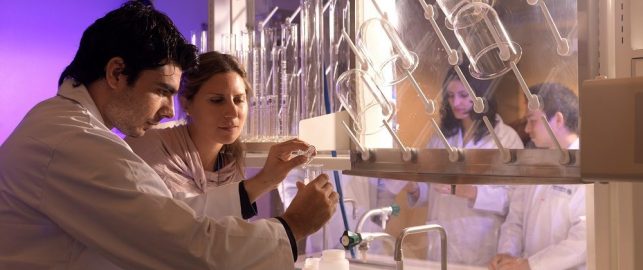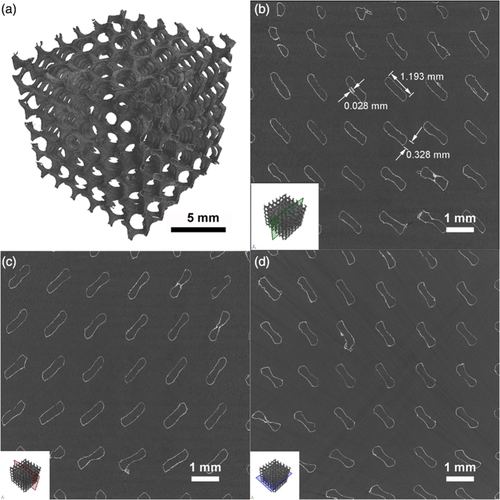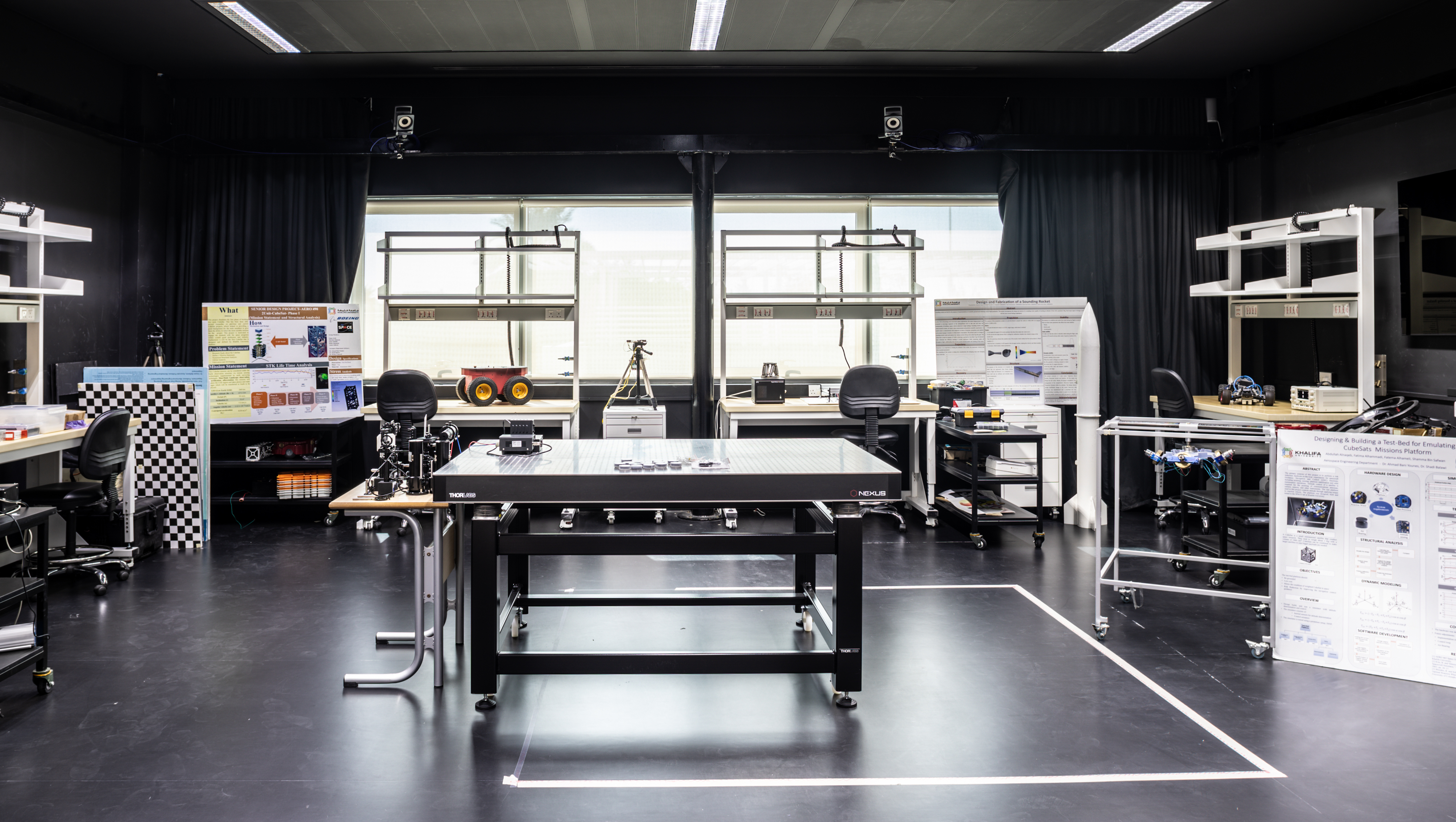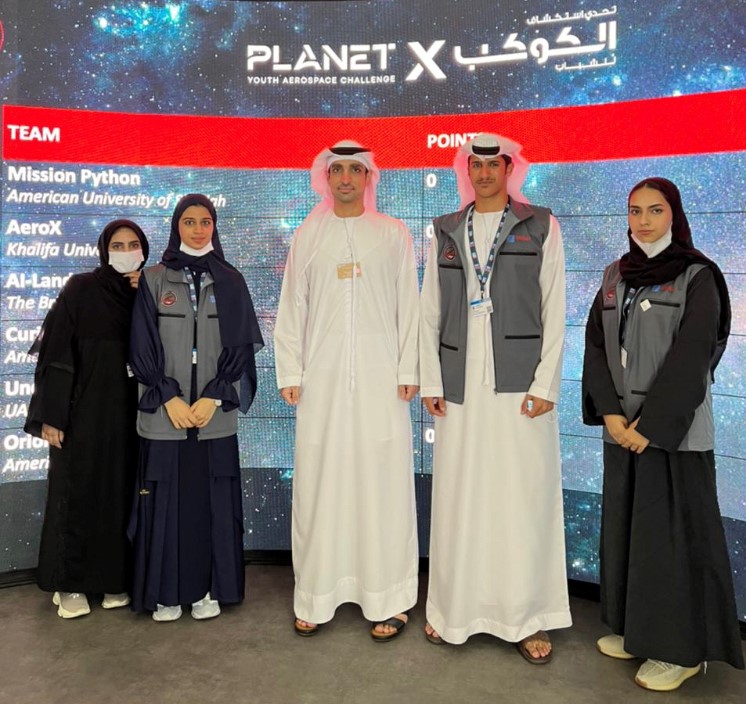
Two Khalifa University student papers have been accepted at the 43rd Annual International Conference of the IEEE Engineering in Medicine and Biology Society.
The EMBS conference will be held virtually from 31 October to 4 November and will cover diverse topics of cutting-edge research and innovation in biomedical engineering and healthcare technology.
Fitting the theme of ‘Changing Global Healthcare in the Twenty-First Century’, Dahlia Hassan investigated the efficacy of a model in determining how to help patients suffering from fainting, while Feryal Alskafi, MSc in Biomedical Engineering student, developed a model to identify emotions from bodily responses. Dahlia is currently a Teacher’s Assistant for Dr. Herbert Jelinek, Associate Professor of Biomedical Engineering, and will begin her Master’s degree in Spring 2022.
Heart Rate Model to Help Reduce Fainting
Vasovagal syncope is a medical condition that can lead to fainting. This is caused by a temporary drop in the amount of blood that flows to the brain from a sudden drop in blood pressure or a drop in heart rate. It is considered to be the most common cause of fainting that becomes even more common with age.
Patients with vasovagal syncope often undergo a self-training program at home to improve their condition. In the training program, the patients are asked to stand against a wall without moving, twice a day for up to 30 minutes. After a few weeks of doing this daily, the patients are given the ‘head-up tilt test’ to determine whether the standing practice helped decrease their symptoms.
In a head-up tilt test, the patient begins lying flat in bed and the bed is gradually tilted to a maximum angle of 80 degrees. Gravity causes blood to pool in the legs, resulting in a blood pressure drop above the patient’s center of gravity. Baroreceptors sense the decrease in blood pressure and cause an increase in heart rate. In healthy individuals, although the blood pressure initially increases, the heart rate quickly returns to normal. In syncope patients, the heart rate remains high. While useful for diagnosis, the head-up tilt test is time-consuming, not available in all clinics, and carries the risk of inducing cardiac arrest.
As an alternative to the head-up tilt test, Hassan proposed a new way of determining whether the self-training program can help patients with syncope. She developed a model that uses a patient’s electrocardiogram (ECG) data, which are electrical signals from the heart, to predict heart rate changes and determine the efficacy of the home-based training program.
The data from her model can be used by clinicians to assess whether extended periods of standing can help decrease the amount of fainting episodes the patient experiences based on subsequent five-minute heart rate recordings, without the need to perform a head-up tilt test.
While the model can be used to determine heart rate changes at any time of day, relying only on the heart rate as an input is limiting. Hassan plans to further her work by including blood pressure as a parameter for the model.
Monitoring Our Emotions
Wearable sensors are already used to monitor health—heart rate sensors are commonly used to keep an eye on heart health and predict any adverse events. Further advances in sensors have also been used to recognize emotions using physiological signals. However, there is no universally accepted model for emotions, which Alskafi set out to change.
Emotions play a vital role in human behavior and psychology, exerting a powerful influence on processes such as perception, attention, decision-making, and learning. Emotions can be categorized by how they are felt, using valence, arousal and dominance. Valence is the positivity or negativity of an emotion; arousal is the level of excitement different emotions elicit; and dominance relates to feeling in or out of control in our response.
In healthcare, an individual profile that recognizes sources of stress, anxiety, depression or chronic diseases can be built by tracking emotions using wearable trackers. Alskafi recognized that while emotions are usually conveyed through body language and facial expressions, physiological manifestations of emotions could provide a more accurate representation. These are much harder to conceal and more difficult to manipulate when compared to body language, but some conditions cause people to present emotions differently. The physiological responses should be the same among all people as expression of emotions is shown through changes in heart rate, temperature and breathing patterns.
Alskafi fed these parameters into her model to classify physiological responses into different emotions. Anger and joy tend to be high arousal emotions, while sadness and reflection have low arousal levels. Fear and anger tend to be negative valence emotions, while joy has positive valence.
Her results found that the model performed best when it had fewer emotions to choose between, showing that the study can be used as a basis for further research in machine learning classification and algorithm development.
Jade Sterling
Science Writer
20 September 2021





